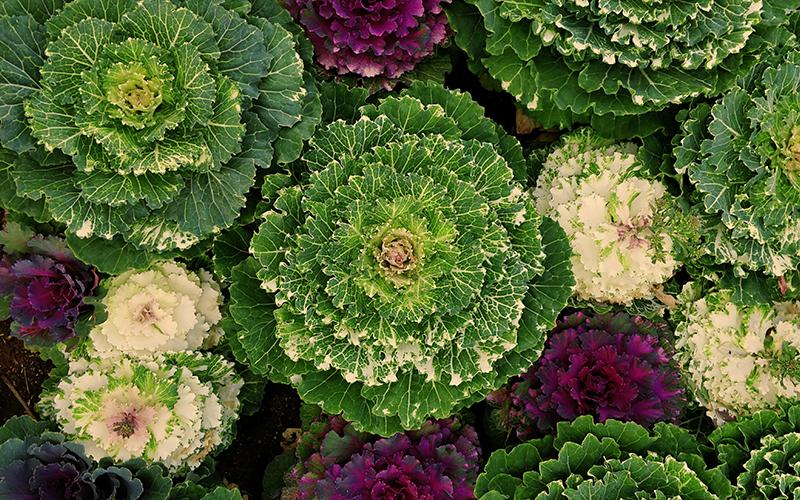
UK Biodiversity Indicators 2021 now revised
Biodiversity indicators were introduced to track progress of environmental commitments in participating countries, with UK Biodiversity Indicators selected following consultation and agreement between administrations. These indicators can be used as a reporting tool in domestic and international discussions.
Indicators are dependent on a wide variety of data provided by government, research bodies and the voluntary sector, verified by data providers and compliant with the Code of Practice for Statistics. Each indicator is composed of one of more measures that show trends over time and is summarised or assessed using a set of traffic lights which show change over time.
Biodiversity indicators help measure and monitor trends associated with habitat loss, invasive species as well as the state of species and ecosystems. Some indicators – such as bird populations – are considered to provide a good indication of the broad state of wildlife in the UK since they occupy a wide range of habitats and respond to environmental pressures that also operate on other groups of wildlife.
The 2021 data shows long, medium, and short-term trends. Although the data suggests far greater awareness – which continues to grow – of the environment and need to protect it, most other areas show concerning levels of declining wildlife populations or increases in invasive, non-native species.
Key results:
- In 2019 the UK farmland bird index was 45% of its 1970 value
- In 2019 the UK woodland bird index was 25% below its 1970 value
- Since 1976 the habitat specialist butterfly index has fallen by 61%
- Since 1976 species of butterfly found in the wider countrywide has fallen by 22%
- The bat index has increased buy 47% between 1999 and 2019
- Broadleaved woodland and hedges declined by 18% between 2015 and 2019
- Pollinator indicator species has declined by 30% compared to its value in 1980
The full report is available to download from the Defra website.
